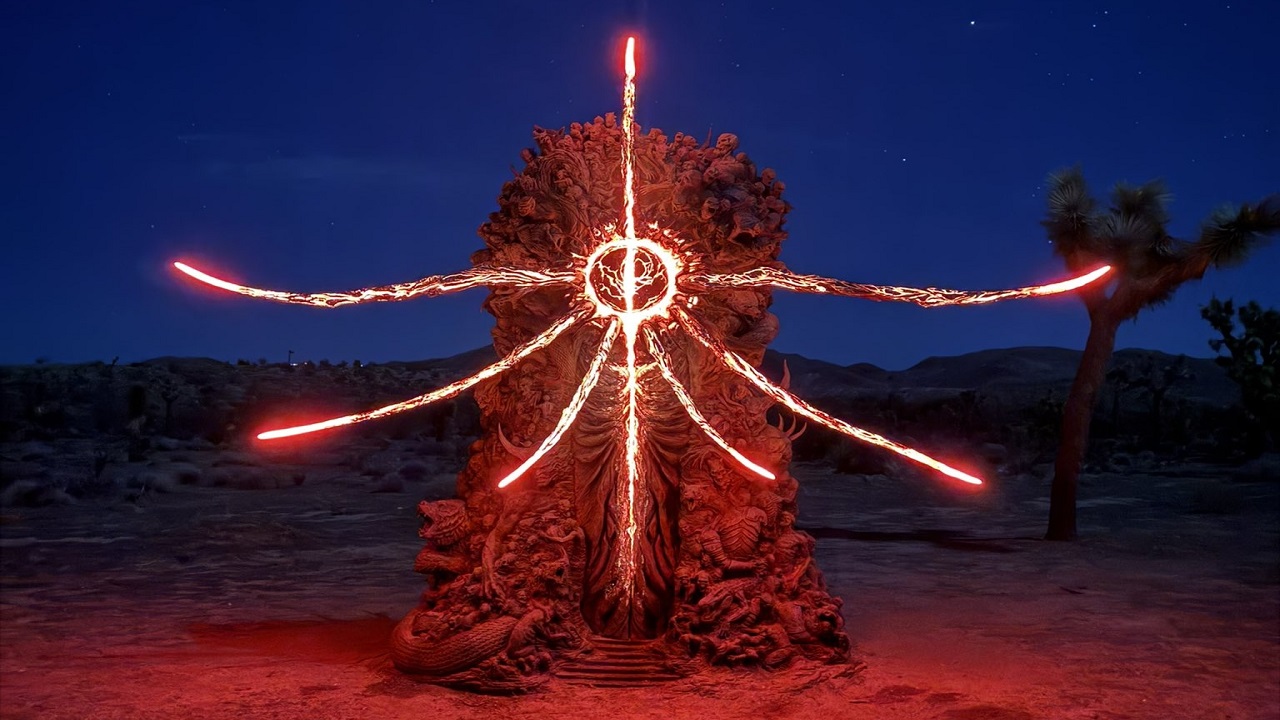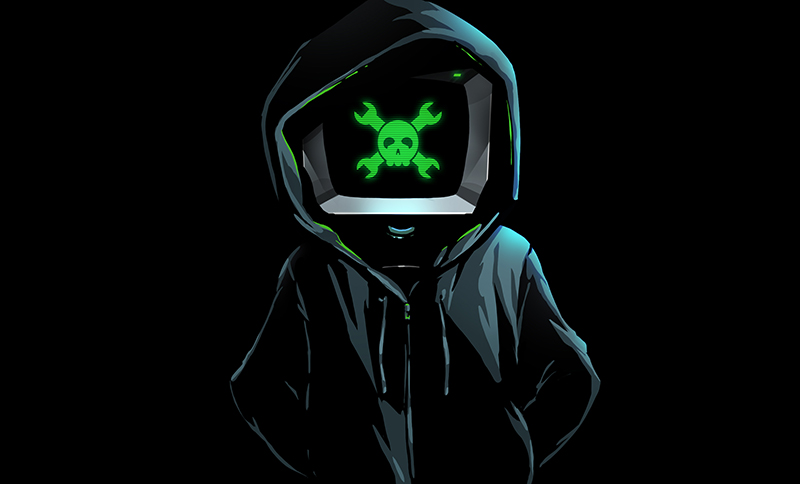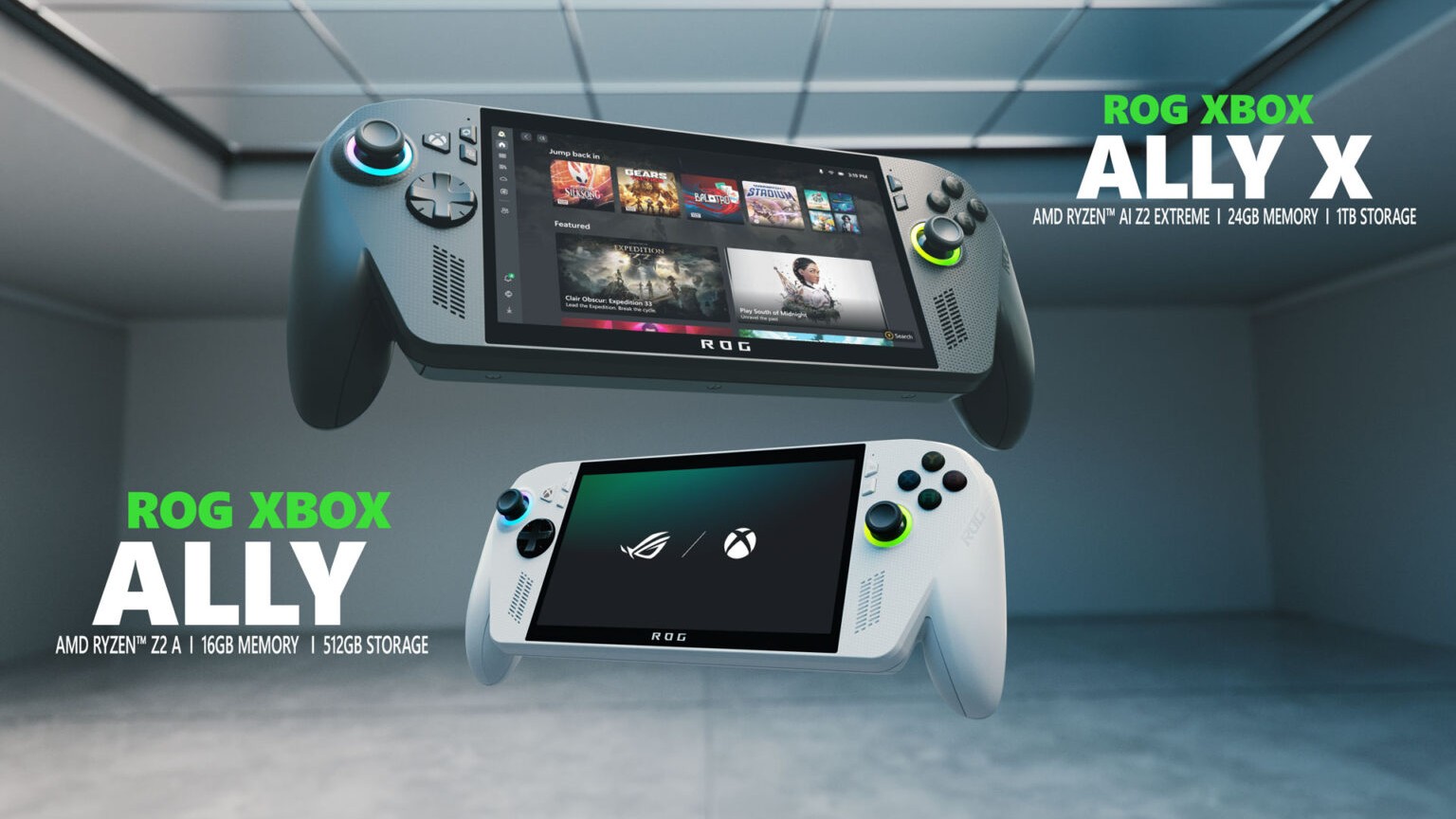Ever wonder if we really need another RPG? Well, Larian Studios is at it again, hinting at a new game in the Divinity franchise that’s supposedly ‘even larger’ than Baldur's Gate 3. I guess they think we have nothing better to do, huh?
I mean, I’m still trying to finish my backlog of games, but sure, let’s throw another one in the mix. Why not? Maybe it’ll be fun... eventually.
What do you think, are we ready for more RPG adventures, or is it just too much?
Check out the details here:
https://kotaku.com/divinity-original-sin-3-rpg-trailer-larian-bg4-game-awards-2000652714
#RPG #LarianStudios #BaldursGate #GamingNews #Divinity
I mean, I’m still trying to finish my backlog of games, but sure, let’s throw another one in the mix. Why not? Maybe it’ll be fun... eventually.
What do you think, are we ready for more RPG adventures, or is it just too much?
Check out the details here:
https://kotaku.com/divinity-original-sin-3-rpg-trailer-larian-bg4-game-awards-2000652714
#RPG #LarianStudios #BaldursGate #GamingNews #Divinity
Ever wonder if we really need another RPG? 😴 Well, Larian Studios is at it again, hinting at a new game in the Divinity franchise that’s supposedly ‘even larger’ than Baldur's Gate 3. I guess they think we have nothing better to do, huh?
I mean, I’m still trying to finish my backlog of games, but sure, let’s throw another one in the mix. Why not? Maybe it’ll be fun... eventually.
What do you think, are we ready for more RPG adventures, or is it just too much?
Check out the details here:
https://kotaku.com/divinity-original-sin-3-rpg-trailer-larian-bg4-game-awards-2000652714
#RPG #LarianStudios #BaldursGate #GamingNews #Divinity
0 Comentários
·0 Compartilhamentos

















